Watanabei Angelfish
$449.99
-
Select Variant
The Watanabe's Anglefish is also called the Watanabe's Lyretail Angelfish, is one of the rare angelfish that exhibit sexual dimorphism. Males are iridescent pale blue. The lower part of the body and the anal fins of males are highlighted with dark horizontal stripes as well as a horizontal stripe of orange that extends towards the caudal fin. Females are an iridescent pale blue with an elongated dorsal fin that is dark and doesn't have stripes, other than an outline of the anal and dorsal fins.
Watanabe's Angelfish are best kept as a male and female pair in a larger 125-gallon tank. They're also excellent fish for the reef in deep water aquarium. It is easier to adjust with a dimly lit tank. The tank should be equipped with multiple areas to hide and live rocks to graze on. Don't keep two males in the same tank fights could ensue.
Watanabe's Angelfish are hermaphrodites and are very difficult to reproduce. The Watanabe's Angelfish appear to be extremely vulnerable to swim bladder damage. A diverse diet that includes fleshy foods like brine shrimp that are vitamin-enriched and finely chopped crustacean flesh and spirulina marine algae, premium angelfish-based preparations, mysis, frozen shrimp, as well as other meaty foods will give adequate nutrition.
Genral Purchase size: Small 1 1/4" to 2-1/2" Small/Medium: 2-1/2" to 3" Medium 3" to 4"; Medium/Large: 4-1/4" to 5-1/4" Large 5-1/4" to 6"
- Description
- Additional Information
- Reviews
General Information About Watanabei Angelfish
Watanabei's Angelfish, also known as Watanabe's Lyretail Angelfish, stands out due to its sexual dimorphism. Specifically, males exhibit an iridescent pale blue color with the lower part of their body and anal fins highlighted by long, horizontal dark stripes and one horizontal orange stripe extending toward the caudal fin. In contrast, females also display an iridescent pale blue but lack the stripes, featuring only a dark outline on the dorsal and anal fins, with their elongated dorsal fin being notably darker. Therefore, to ensure a harmonious environment, it is best to keep Watanabei's Angelfish as a male-female pair in a large tank.Habitat and Tank Requirements
Watanabei's Angelfish thrive in a deep-water reef tank environment. For optimal health, house them in a 125-gallon or larger tank with multiple hiding places and live rock for grazing. They adjust better to dimly-lit tanks. Importantly, avoid placing two males in the same tank to prevent fighting. With their specific needs, these angelfish make excellent candidates for large reef tanks but require careful acclimation and care.Food & Nutrition
In the wild, Watanabei's Angelfish primarily feed on plankton and pelagic tunicates. Additionally, their mouths and teeth are adapted to catch floating food particles rather than scraping coralline or algae. Consequently, in an aquarium, provide a varied diet of meaty foods, such as vitamin-enriched brine shrimp, finely-chopped crustacean flesh, spirulina, marine algae, high-quality angelfish preparations, mysis or frozen shrimp, and other meaty items, to ensure proper nutrition.Origin of Watanabei Angelfish
Purchase Information
Approximate Purchase Size:- Medium: 3" to 4"
- Medium/Large: 4" to 5"
- Large: 5" to 6"
LINKS to follow:
size
Large, Medium, Small
Units
1
Weight
6 lbs
Dimensions
1 × 1 × 1 in
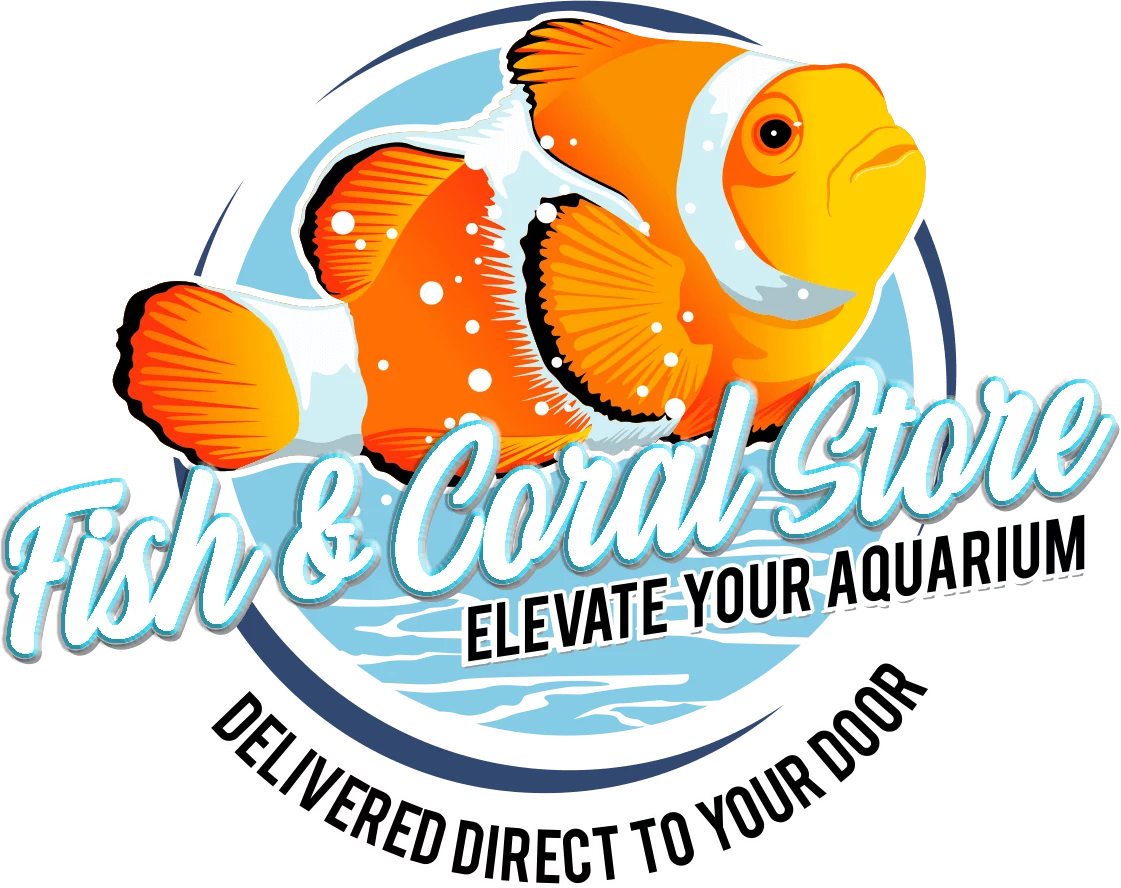
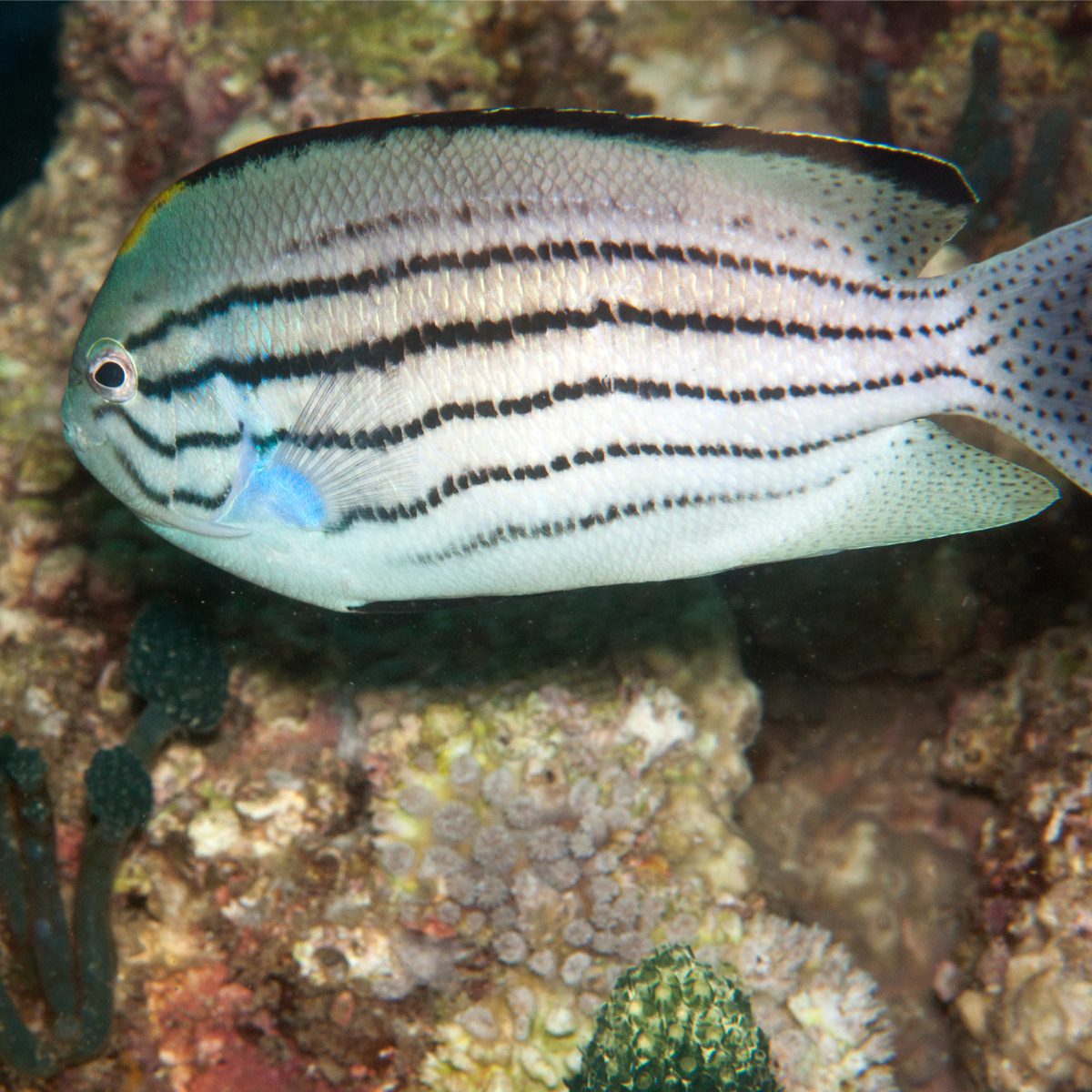
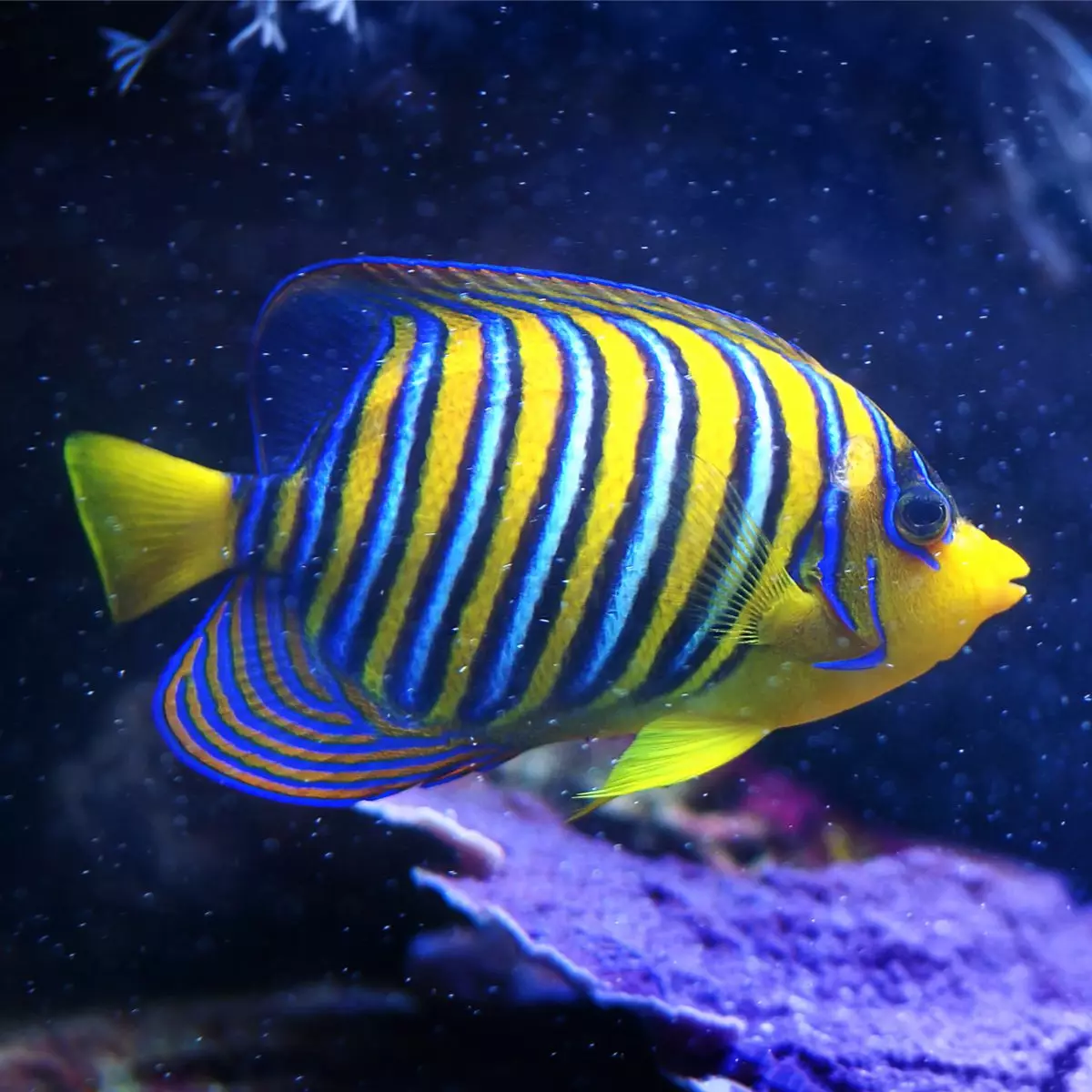
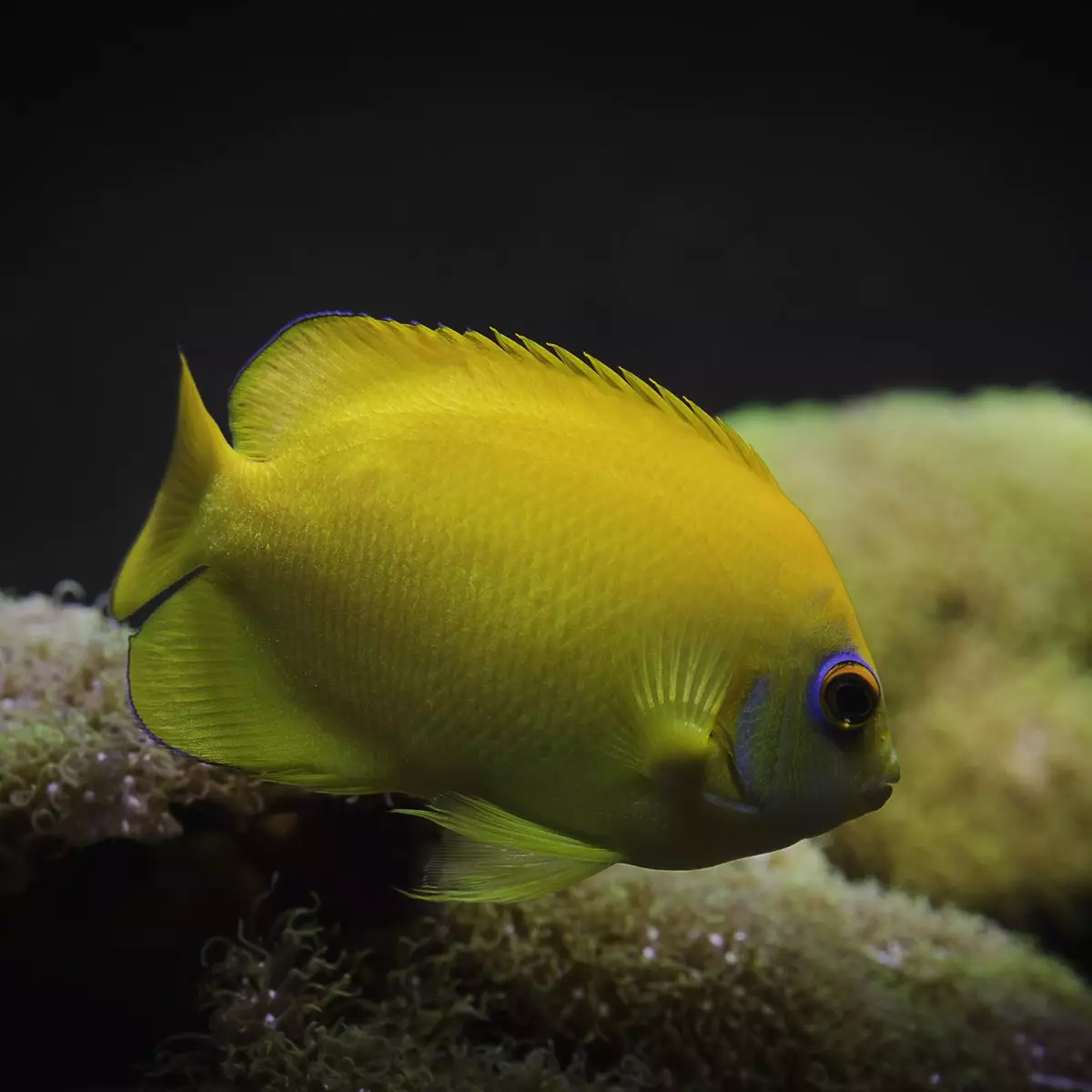
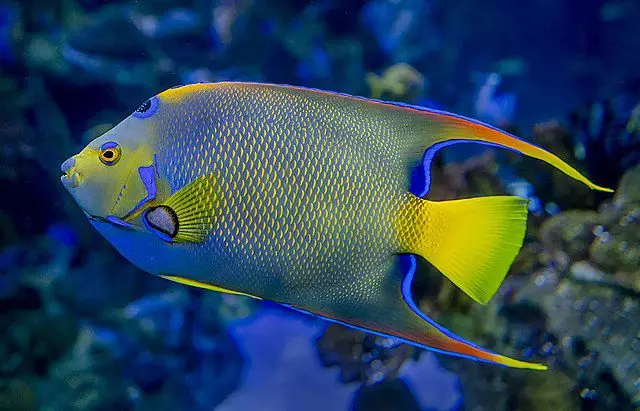
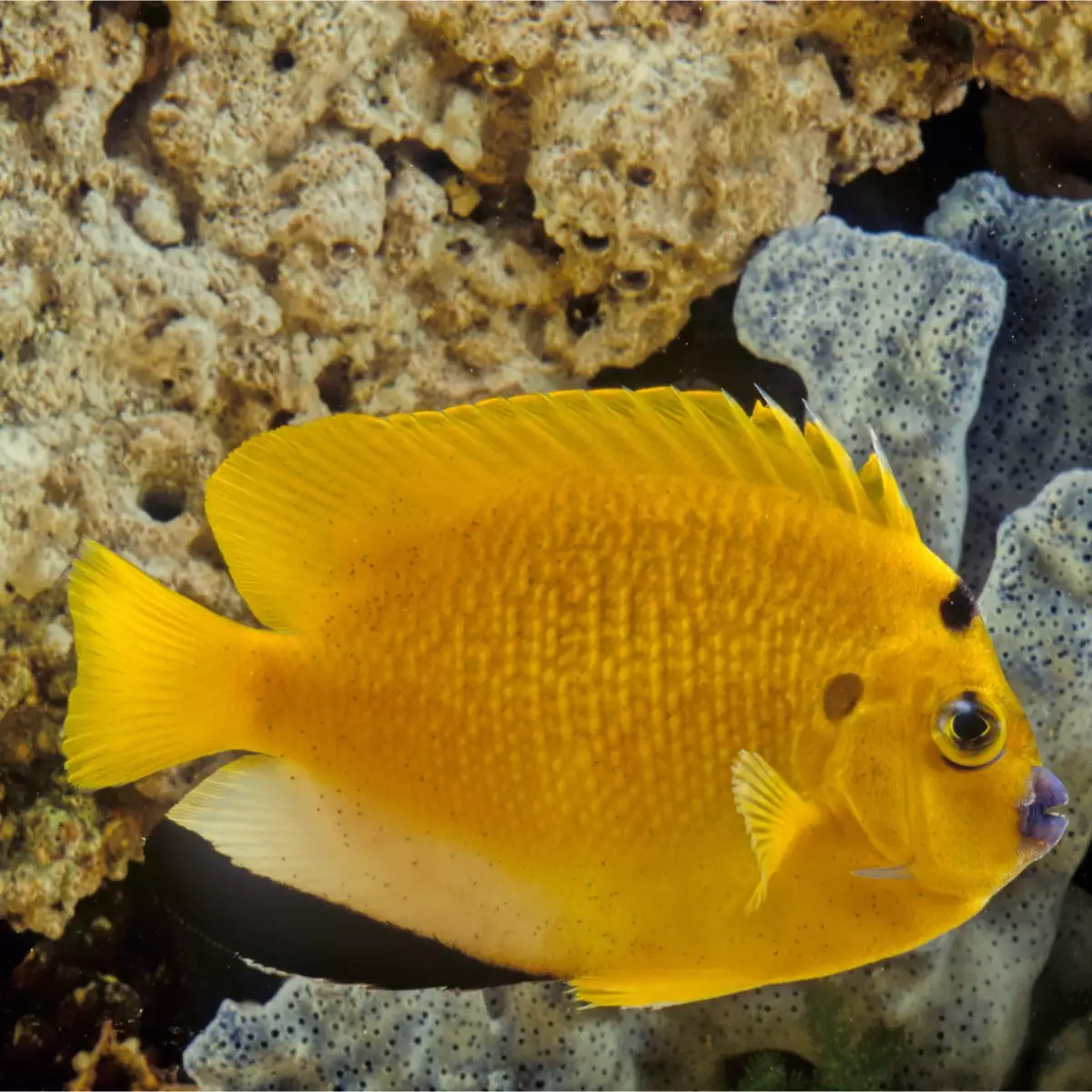
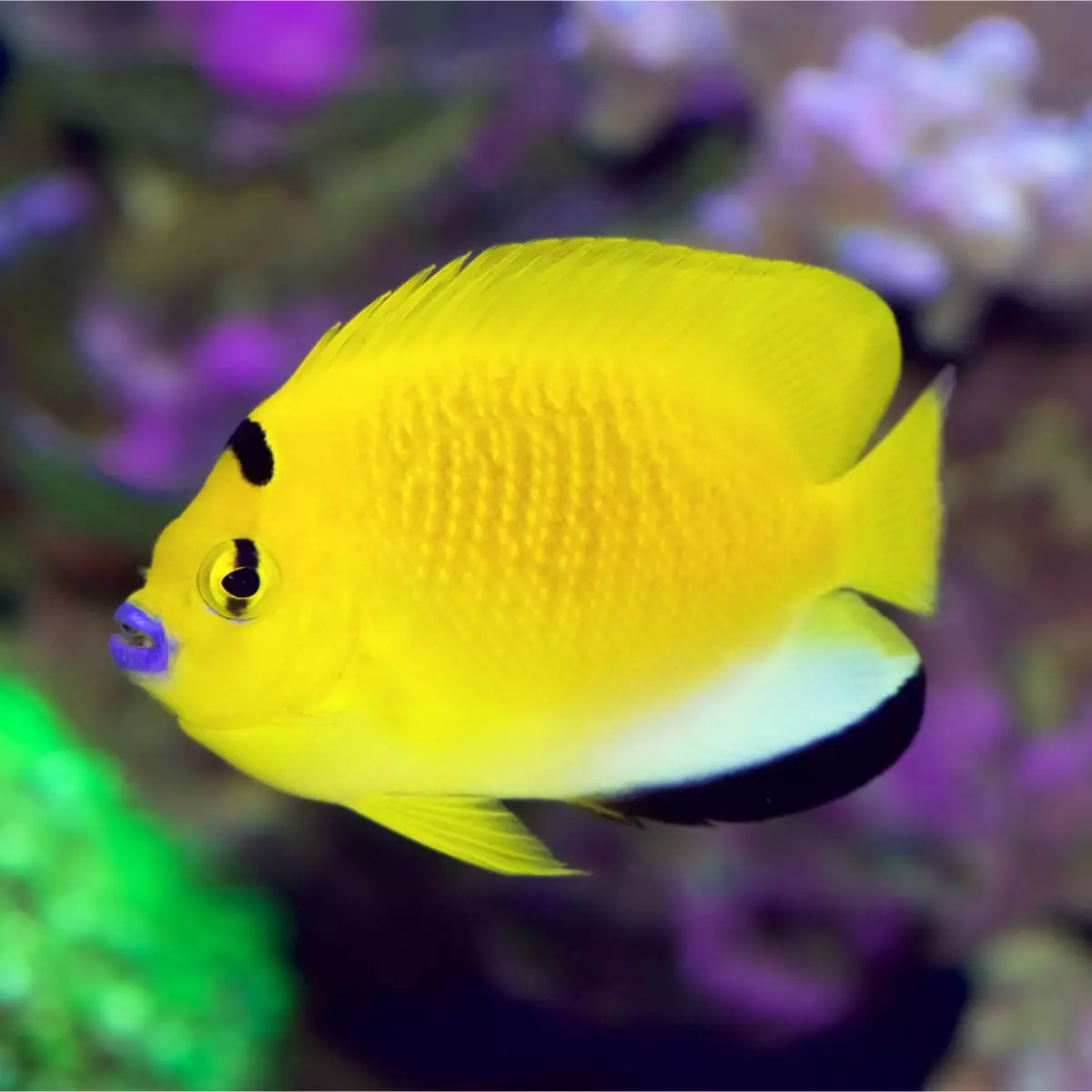
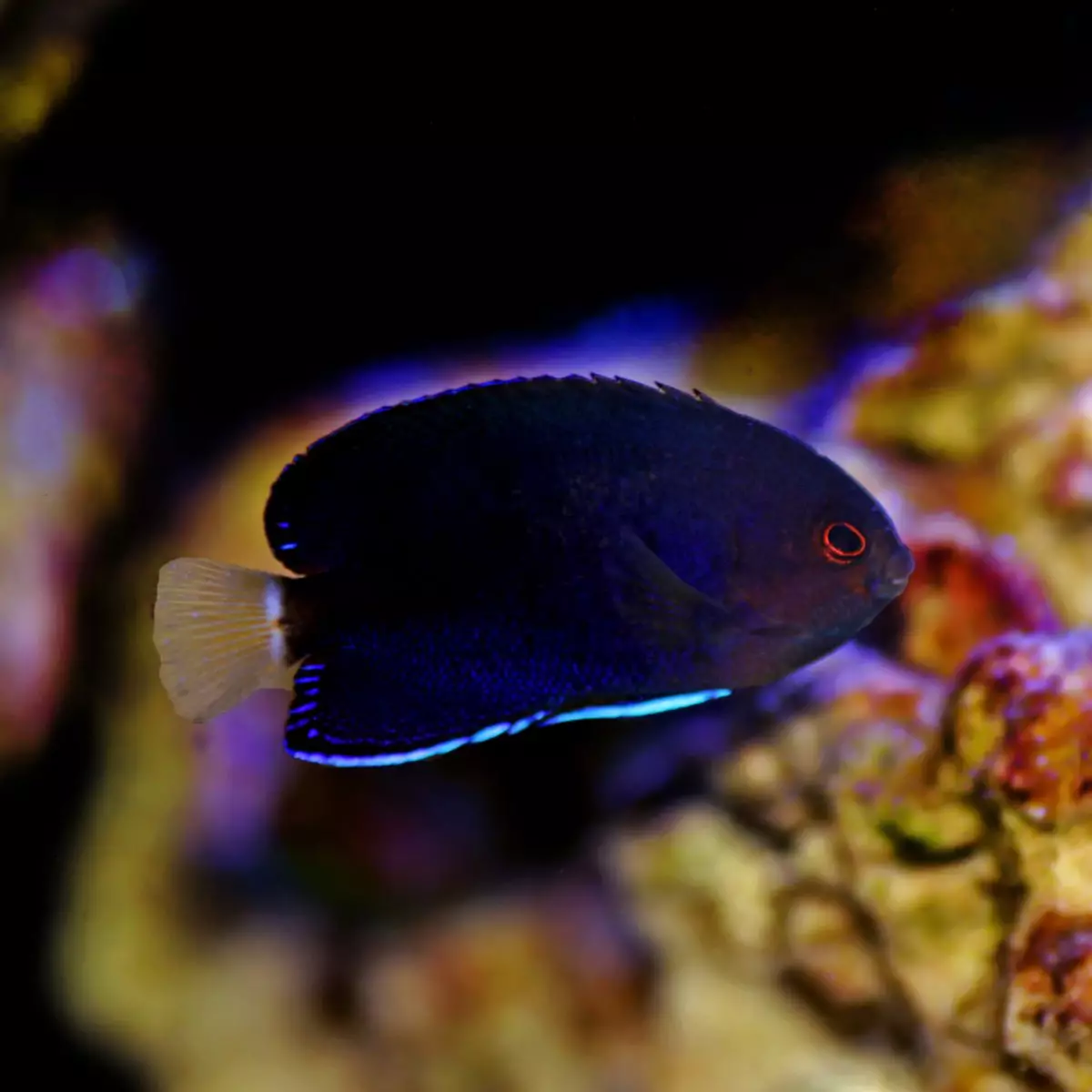
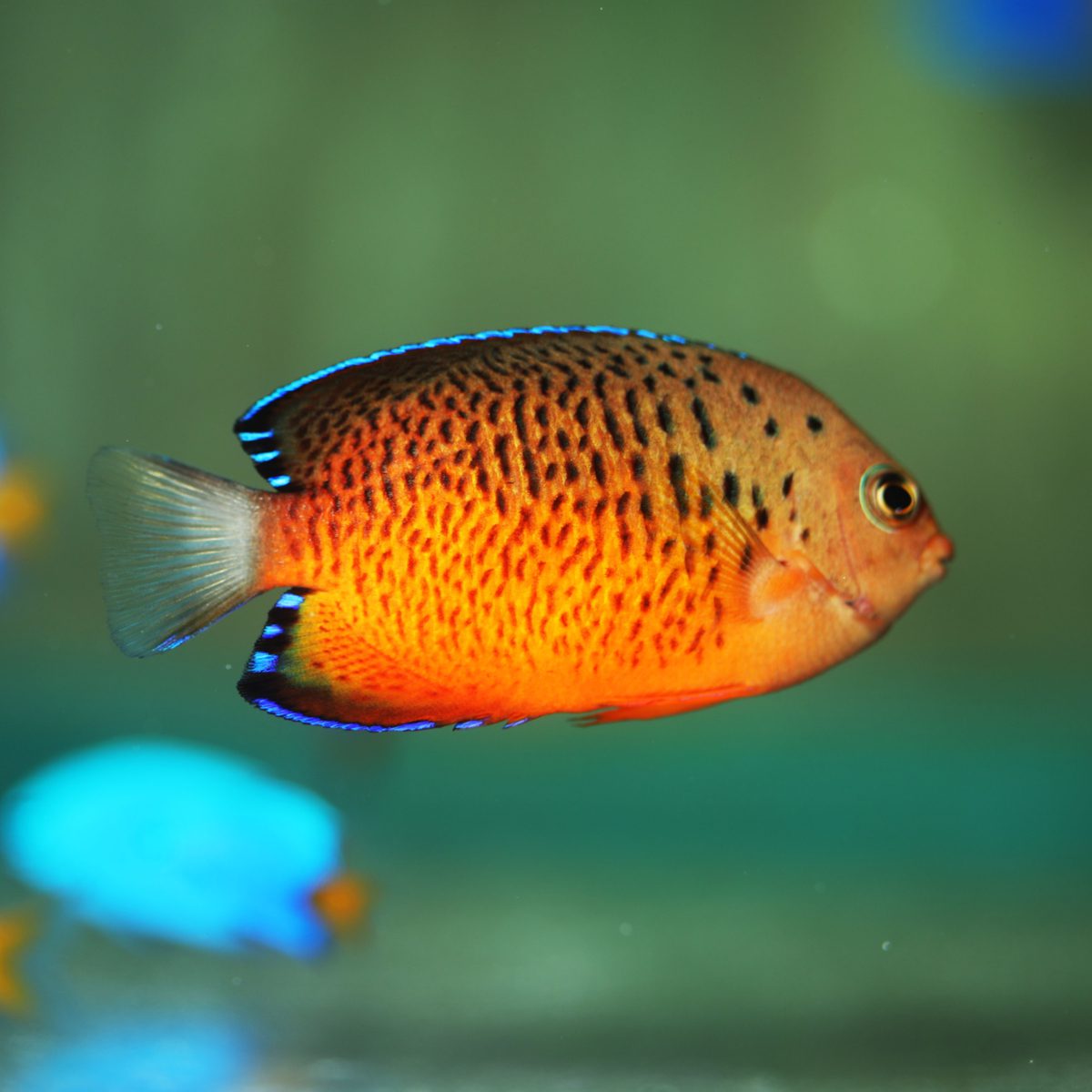


Reviews
There are no reviews yet.